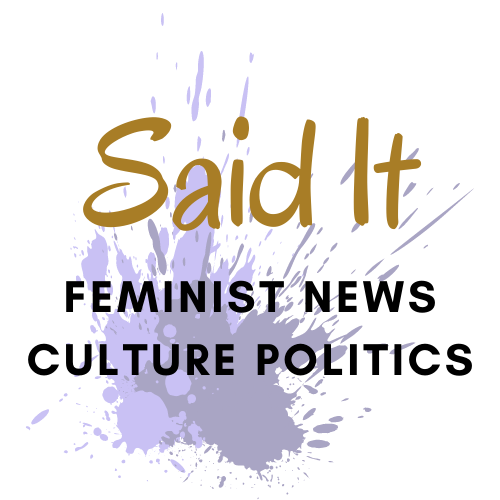Hadassah, the largest women’s organization in the U.S., was founded in 1912 by Henrietta Szold. A noted scholar, teacher, journalist, and social worker, Szold convinced her Daughters of Zion study circle at Temple Emanu-El in New York City to expand its purpose into a “practical Zionism” — primarily through bringing healthcare to the people of Palestine.
Szold, born in 1860, was the daughter of a rabbi. Early on in her life she rejected traditional limitations imposed on women. She insisted on studying Jewish texts at the then male-only Jewish Theological Seminary, and was granted permission so long as she agreed not to agitate to be granted rabbinic ordination. When Szold’s mother died in 1916, a close male friend volunteered to say the Mourner’s Kaddish for her.
Szold declined, explaining to him in a letter “that the elimination of women from such duties was never intended by our law and custom — women were freed from positive duties when they could not perform them [because of family responsibilities] but not when they could. It was never intended that, if they could perform them, their performance of them should not be considered as valuable and valid as when one of the male sex performed them.”
By the 1930s, Hadassah had already acquired a mass membership. At this time, Hadassah began a program to rescue Jewish youth from Europe. It is estimated that “Youth Aliyah” saved some 22,000 Jewish children from Nazi concentration camps.
During the 40s, Hadassah participated in the war relief effort, began advocating in the U.S. for a spectrum of progressive causes, and initiated the Committee for the Study of Arab-Jewish Relations to promote “Zionism’s unfinished agenda,” co-existence between Palestine’s two major populations.
Hadassah is most famous for its role in improving health conditions and developing systems of preventative medicine in pre-state Israel. As a Zionist organization, Hadassah involved itself in meeting the health needs of both Jews and Arabs in Palestine, and played a major role in lowering Arab infant mortality. Hadassah established in Palestine four hospitals, a nurses’ training school, fifty clinics, laboratories, and pharmacies, and a maternity and child hygiene service in most of the cities and a number of the larger villages. It also founded a nutrition campaign which included the widespread school lunch program.
In Israel today — and in fact throughout the whole Middle East — the foremost hospital is the Hadassah Hospital in Jerusalem. But it has its tragic history, as well. In early 1948, just before Israel declared independence, Arab troops ambushed and murdered seventy-seven Jewish doctors and nurses from Hadassah Hospital.
The membership base of Hadassah has flourished long after the establishment of Israel. With about 300,000 members, it has become the largest U.S. Jewish organization in history. By contrast, membership in male Zionist organizations declined rapidly after Israel’s creation in 1948, presumably because the goal of establishing a Jewish state was achieved. Women’s Zionist groups seem to be more attuned to the need for sustaining the country, and continue to devote their attention to supporting health and educational ventures in Israel. In 1967, Hadassah Associates was established as a fundraising auxiliary for men who wanted to offer support for Hadassah’s work.
Hadassah’s humanitarian efforts aren’t limited to Israel and the Jewish diaspora. Hadassah has been politically active for decades in the U.S., advocating for reproductive choice, the rights for battered women, and gun control. Since the ‘60s, the organization has also played an important role in bringing more advanced health care to developing nations, and has worked with the World Health Organization and Israel’s foreign ministry to train doctors from Africa, Asia, and South America.

Recent Comments